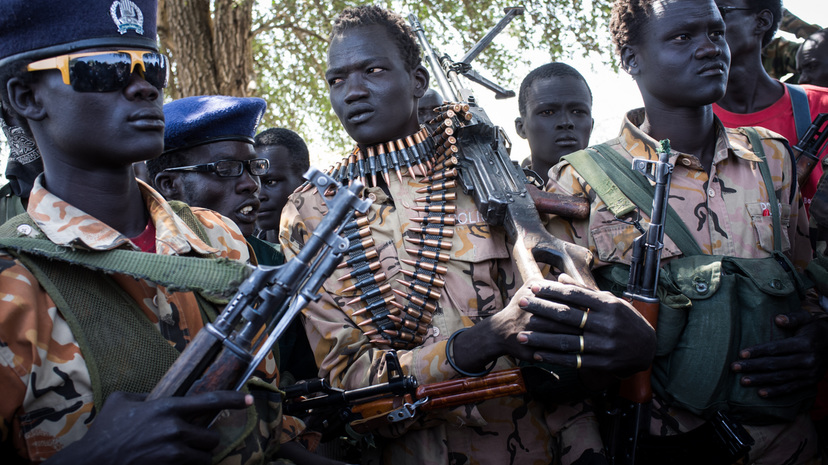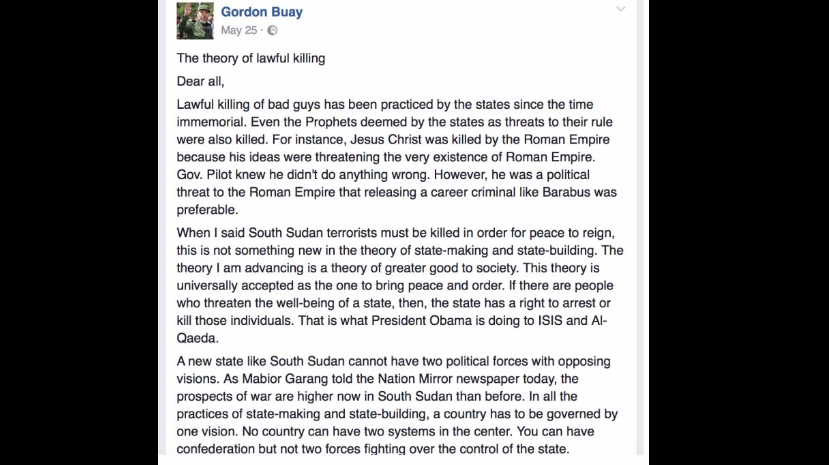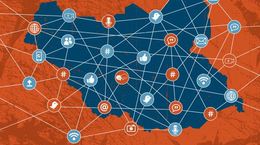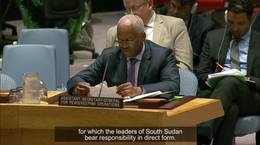South Sudan
In 1956, Sudan gained independence from British and Egyptian rule, forming one unified country known as the Republic of Sudan. After decades of warfare between the north and south, South Sudan seceded from the Republic of Sudan in 2011. South Sudan has a population of 11 million people with 60 different ethnic groups.
In 2005, after two civil wars killed over 2.5 million people, an agreement was reached for a permanent ceasefire and the guarantee of an independence referendum in 2011. The Republic of South Sudan was officially born in July of that year.
In December 2013, former vice president, Riek Machar announced his intentions to run for president in 2015. Fearing a coup, President Kiir accused him of conspiracy. The political dispute intensified preexisting ethnic and political grievances, sparking armed clashes and targeted ethnic killings between respective supporters. The Dinka militias and the army aligned with Kiir, a Dinka, while the Nuer militias supported Machar, a Nuer. Dinka and Nuer are the two largest ethnic groups in the region. Historical enmity between the two groups began under British colonial rule and re-intensified after independence.
A peace deal between the rival leaders was signed in August 2015 under United Nations pressure, and led to the establishment of a transitional unity government. This deal was broken due to renewed violence in July 2016.
According to UN officials, as many as 50,000 people have been killed since the beginning of the conflict in 2013, and more than 2.3 million people have been forced to flee their homes.

















